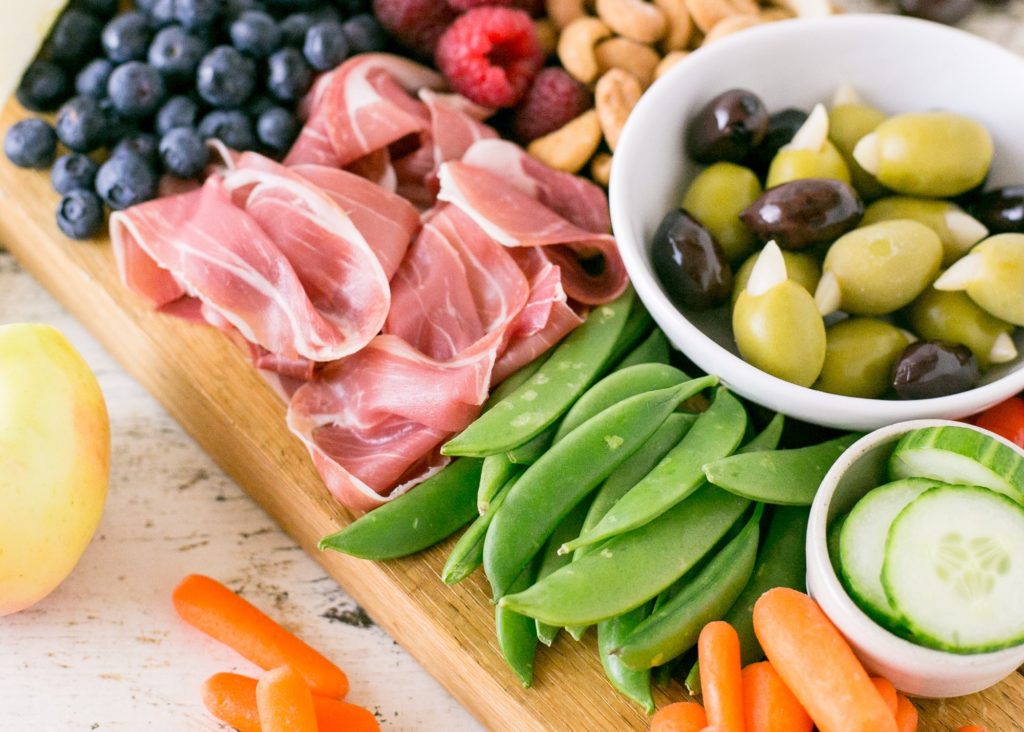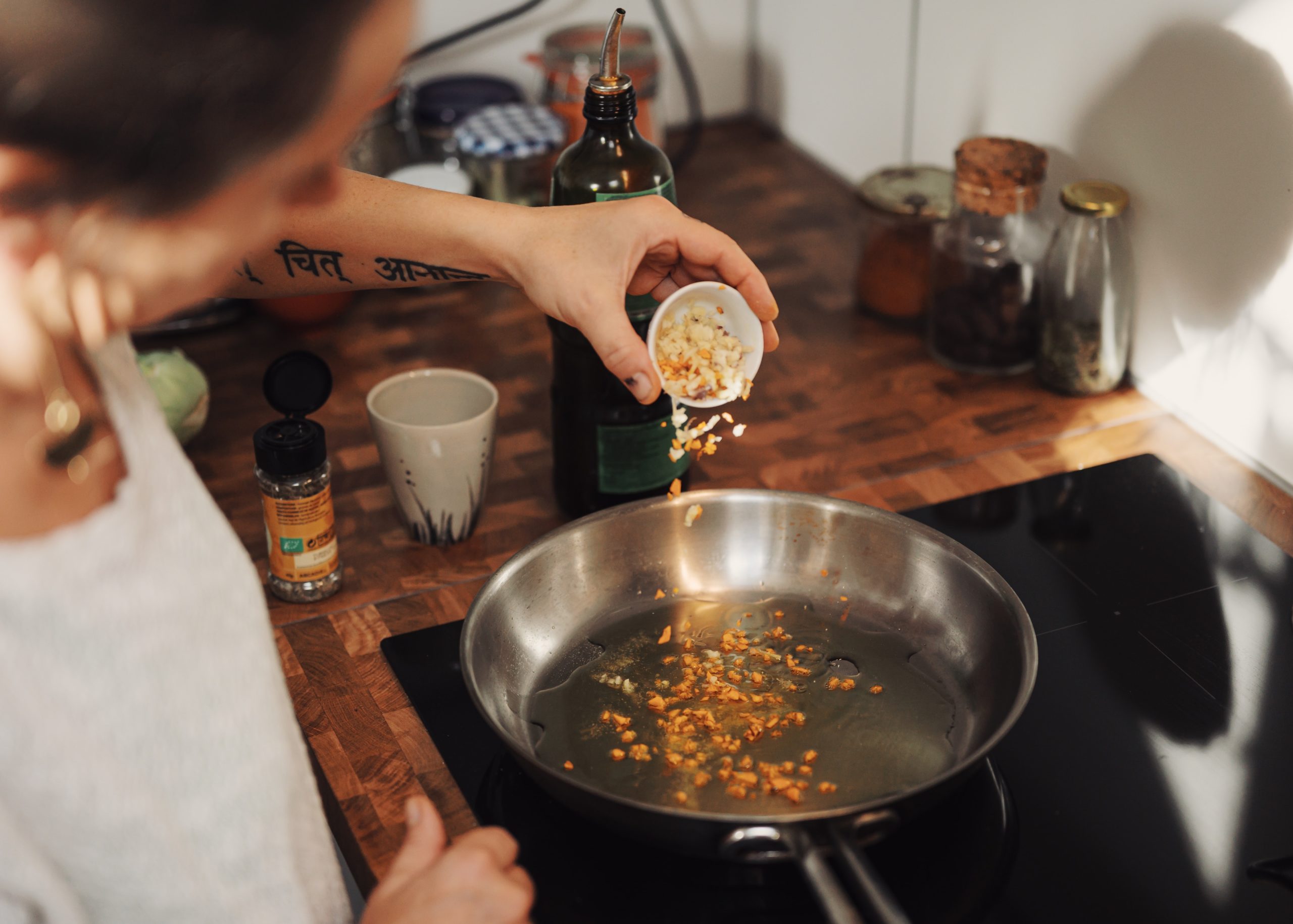How I Spent Hundreds Of Dollars Doing Whole30, & Whether It’s Worth It

Founded in 2009, Whole30 is a short-term elimination diet marketed as a body reset where you cut several “triggering” food groups for 30 days and reintroduce them over an additional 10 days to see how they affect your body. The No List includes legumes (all beans and peanuts), gluten, non-gluten grains (rice, oats, and corn), all sugar not found in whole fruit (cane sugar, honey, agave nectar, stevia), dairy, and alcohol. There are several reasons people choose to complete Whole30, including weight loss, change an emotional relationship to food, improve dietary decisions, learn what zoodles are, etc. I decided to complete the Whole30 this past May to learn how certain food groups affected my body. After the 10-day reintroduction period, I learned that non-gluten grains give me headaches, sugar activates my rosacea, and my sweet tooth is triggered by a single M&M.
It has always been difficult for me to actively form better lifestyle habits, and beyond learning about my body, I am proud of myself for sticking to this diet for the entire 40 days. The Whole30 is a challenge the same way YouTubers eating 100 chicken nuggets in 10 minutes is a challenge, but full compliance required some serious financial, social, and time sacrifices I was not prepared for. Here is everything I’ve learned about the real cost of Whole30, including exactly how much participating cost me:
The Financial Cost of Whole30
From my first shopping trip on April 29th to my last day of reintroduction on June 6th, I spent $417 on groceries, $20 at Chipotle, and $50 at sit-down restaurants — totaling $487 on food. The program limits you to fruit, vegetables, meat (preferably organic), nuts and natural fats, so I made several shopping trips each week to stock up on fresh produce. Whole30-compliant condiments need to have zero sugar, dairy, and unconventional oil. My biggest cost of Whole30 was thanks to $6 salad dressing, $10 chipotle mayo, and $5 barbeque sauce made by Primal Kitchen. While I probably won’t rebuy these because of their astronomically high unit prices, they kept my daily salads interesting and I did finish all of them. I also made sure I was buying versatile ingredients I could combine in different ways to get the most for my money: leftover chicken breast can be put on a salad the next day, carrots can be diced into stir fry, shredded in a salad, and roasted with potatoes, and avocadoes compliment breakfast lunch AND dinner.
I was not planning on continuing this restrictive diet after the 40 days, so I also made a point of not buying things I wouldn’t use after I finished the program. I did not buy grocery subscription boxes, meal kits, or any of the 7 cookbooks written by the program’s founder, because I could easily find compliant recipes online. I also did not buy any special ingredients I knew I would never use again — instead of buying almond flour to bread chicken, I just didn’t eat breaded chicken for 40 days. Despite my savvy shopping lists, I still wasted at least $50 on produce and meat that I couldn’t cook before it went bad. $7.50/lb organic chicken breast that spoiled two days after I bought it and several bags of pre-mixed salad greens definitely bruised my budget. Even if I shopped perfectly, found the best produce at the lowest prices, and ate 100% of what I bought, $500 is a lot of money to spend on food in 40 days. Spending $12.50/day on food is easy when you get a salad at the fancy lunch spot and add a drink to your dinner order, but that doesn’t mean it’s sustainable.
The Whole30 diet cuts out almost all low-cost grocery items like rice, beans, and peanut butter and recommends you eat only organic, grass-fed meats to get “the best results.” The language used by the website and forums pushes the idea that you cannot put a price on your health, and “living your best life” is worth every penny. I find that this mentality quickly alienates anyone whom don’t have access to healthy food providers or don’t have a flexible discretionary income and frames that alienation as a personal character flaw. But beyond the financial investment needed to successfully complete the program, there are a lot of other hidden costs to consider.
The Time Cost of Whole30
An ingredient list of fresh meat and produce meant I had to dedicate a lot of time planning, grocery shopping, and cooking. Monday through Friday, I spend roughly 3 hours commuting to my 9-5 office job (90 minutes there and back). After I got home from work, I would spend an hour cooking dinner and preparing lunch for the next day. I spent an additional hour at least once a week going to the grocery store to grab a fresh bag of lettuce, a pound of meat, and a new jar of almond butter. My daily routine became come home from work, cook, shower, sleep.
I know what you’re thinking — why did you just meal-prep on the weekend?? I did, for several hours; I still had to cook dinner several nights per week. Chicken breast takes 20 minutes to cook thoroughly, caramelizing onions takes a half hour of constant stirring, and peeling and chopping potatoes took a year off my life. I regret not researching slow-cooker recipes, which certainly would have cut down on food prep, but otherwise, there was only so much I could make ahead.
I am not the primary care provider for anyone; my household’s duties are split across my nuclear family of five, and I work one low-stress full-time job. My free time is truly mine, and I have the luxury of being able to choose to dedicate time to maintaining this diet. It would have been difficult for me to complete Whole30 if I had an irregular work or school schedule or needed to cook for more than one person every day.
The Social Cost of Whole30
As I mentioned, I completed Whole30 during May. Because of my restrictions, I had to decline invitations to a May the Fourth party and Cinco de Mayo drinks, and I was not able to fully immerse myself in a fancy Mother’s Day dinner with my family or a neighborhood block party on Memorial Day. This may seem like a lot of festivities to miss out on, but I know I will see all of those friends again, and I can drink a margarita and order a steak with butter sauce whenever I want. That being said, I think it would be nearly impossible to do the Whole30 during the holiday season or if you had a wedding during the 40 days — who could deny Christmas cookies? This explains why January is the most popular month to try out a new diet — what else are you doing, anyway?
As an independent, able-bodied person with no major dietary concerns, it was easy to deny happy hour with coworkers and ice cream on a warm spring afternoon for 40 days. But that doesn’t mean it is easy for everyone. It was annoying to have to check everything I bought for hidden sugar or preservatives and feeling like “that guy” asking the waiter to make special accommodations, but I recognize that my choice is a reality for a lot of people with threatening allergies and chronic illnesses that don’t go away after a month.
I have no regrets spending close to 20% of my monthly take-home pay experimenting with a fad diet. I am proud that I actively re-examined my mental and physical relationship to what I use to fuel my body. I encourage anyone interested in trying Whole30 to do the research and plan plan plan. But I do not think Whole30 is a one-size-fits-all program, and I would never shame someone deciding to not buy into its thinly-veiled elitism.
Riley is an e-commerce coordinator in New York. You can find her documenting New York City street style and her dog’s antics on Instagram @rileyoh_.
Image via Unsplash
Like this story? Follow The Financial Diet on Facebook, Instagram, and Twitter for daily tips and inspiration, and sign up for our email newsletter here.




